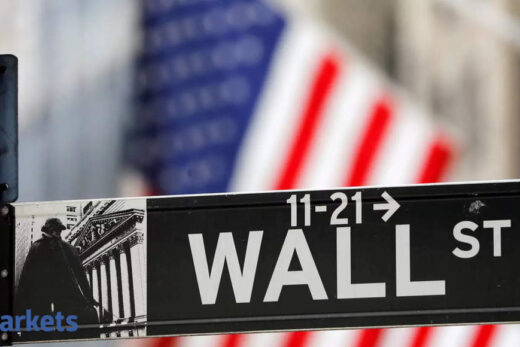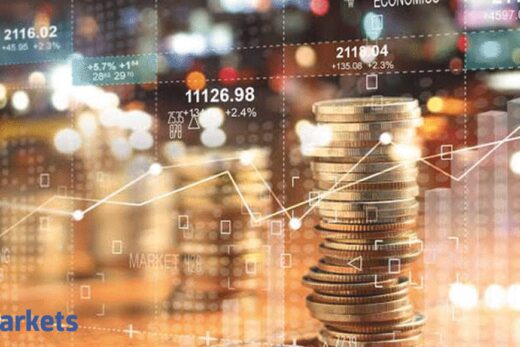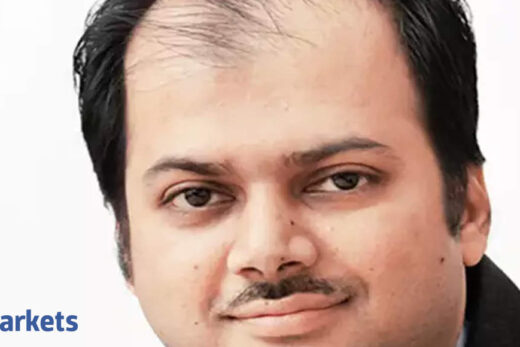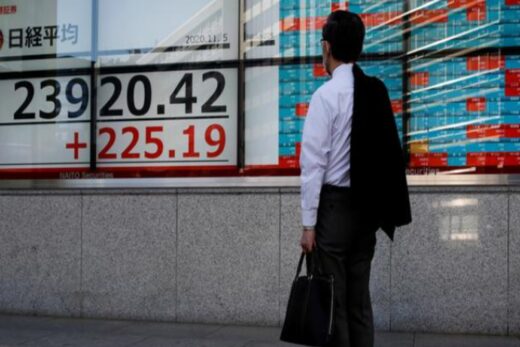Are we in for a long haul in the commodities cycle? Three to five years and beyond?
I do not have a deep insight on this. Commodities would be one of the beneficiaries of the infra demand and the super abundance of capital in every form. The world is awash with equity capital and that is why risk assets are moving up and down by 15-20% and yet markets are unfazed. Somebody has said it very well that it is not that prices of commodities are rising, it is the value of money going down. Hence, the price of commodities are optically going up. The current cycle may last a little longer but the new low may not be as low as what it was two years ago.
Where are we in the earnings cycle for various sectors?
PSU banks could be at a very early stage of the cycle. All commodity-related companies could be at an early stage of growth. Real estate could also be at an early stage of growth or maybe it has not even started. A lot of pre-Covid and Covid-hit segments would come back as liquidity and the Indian economy comes back strongly. My belief is that the post-Covid recovery will be very strong and very sustained. With that assumption, the sectors which are very large, very important, have done nothing for the last few years and are almost on the death bed will come back.
If you look at the digital companies and the IPO list, these are very exciting times for India. Whether it is Zomato, Nykaa or MobiKwik, a lot of digital business models are finally coming to the marketplace. And so that would be the super growth cycle for that segment of the market. It will be very interesting to see how Indians and foreigners participate in that. In between super growth companies and early-stage companies, FMCGs and conventional companies fit in.
Let us talk about the sector which you represent — AMC and brokerage. When you started investing, there was a ring and there was an outcry system. Today everything is online and you have Zerodha. So what is the big disruptive change which has happened in the business you run and the sector which you represent?
It is a long subject. When we started in 1987, the price inefficiency between Ahmedabad and Mumbai was to the tune of 4-5%. That’s how inefficient the market was. The total number of trades, a broker could do was not more than 1,000 or 1,200 trades. Today just one broker, Motilal Oswal, is doing half a million trades everyday. That’s the scale at which things have changed. Now things have expanded in a big way but even then only 4-5% people are in the market. So sky is the limit.
These are very exciting times of inclusion of masses in the stock market. It is allowing business for everybody. It is competitive and very good for investors.
How did you calculate that Sensex may cross the 2 lakh mark in 10 years? Is it based on earnings growth or PE expansion?
We used two methods. Earnings are, of course, the foundation. Earnings growth is linked to your GDP. Presuming that the base GDP growth rate would be 7% with 5% inflation, you would get 12% nominal growth rate. Our corporate profit-to-GDP ratio has been one of the lowest. I believe this year it has recovered quite smartly. It is about 3-3.5% and we can definitely go up to 7% as it was in 2007-08. So even if it goes to 5-6%, there is a chance that on 12% GDP growth rate you can achieve a 15-16% corporate profit growth in the years to come. That is the basis of the assumption.
If you grow at 15%, the index is likely to track the earnings growth. Hence, every five years it will double. So in the first five years, you will double the index from 50,000 to 100,000 and in the next 5 years it will again double from 100,000 to 200,000. When you look at it today, 2 lakh looks like a gigantic target but a country can change in a decade. So this 15% growth is linked completely to earnings.
Secondly, look at the history of the last 40 years. From 1980 to 1990, the index compounded at 20% and from 1990 to 2000, it again compounded 20%. From 2000-2010, it did about 13-14%, 2010 to 2020 it did 10%. Now we can be pessimistic and say that it will again be 10%, so it will grow by 2.5 times in 10 years. So 50,000 will become 130,000. But if you look at the last 41 years, 15% is the base. If you are optimistic, you take 20%, which is a possibility. If that happens, it could be about 3 lakh. So we are saying that let us not talk about the upper number, let us talk about something between 1.5 to 2 lakh.
There will be corrections, steep corrections and maybe even a collapse because 10 years is a long period. Nothing is going to be in a straight line. Probably, one or two big jolts will be there but big rises will also be there. Big corrections will come only if there is a big rise. Small corrections will come only if there is a small rise, but the trajectory is set.
If the Indian market is like a train journey from Churchgate to Kandivali. Where are we in that train journey right now?
The train journey has no destination. It just keeps going. I would say that India is just out of the first station. I do not know how many stations are there. We are just coming out of the station in terms of the consumption cycle. So I think the journey is long. I think India is going to have a super growth cycle. We have a democracy, a stable government, digital capability and super abundance of capital. We need to absorb the global capital quickly.



